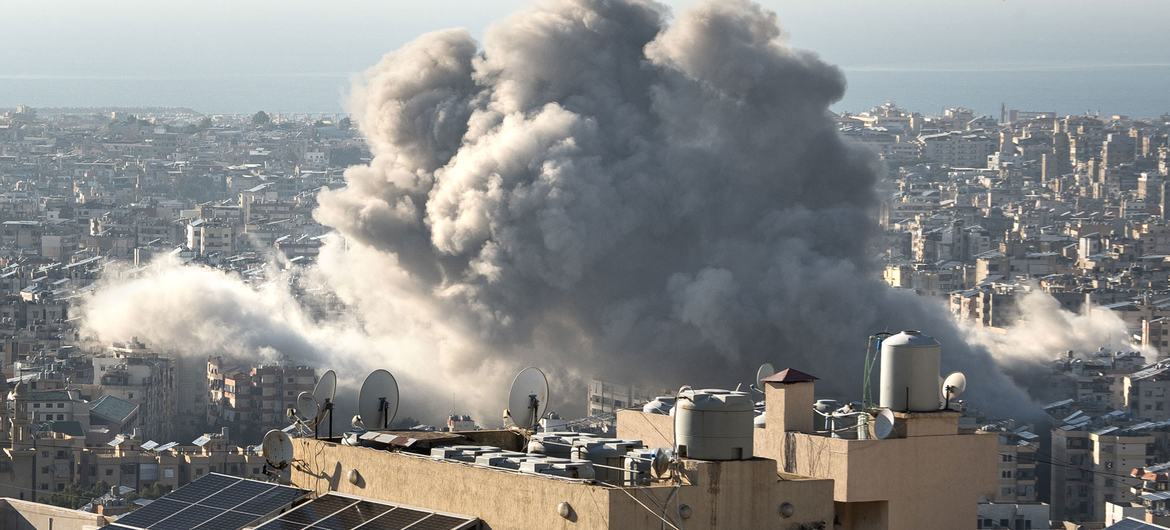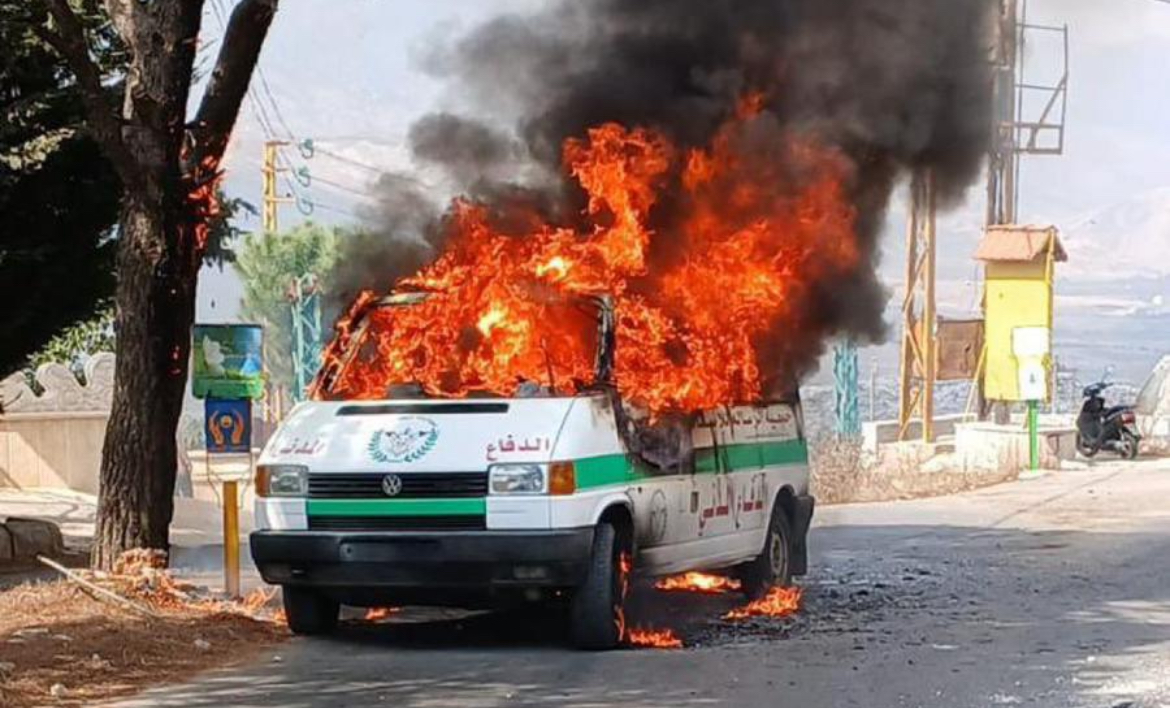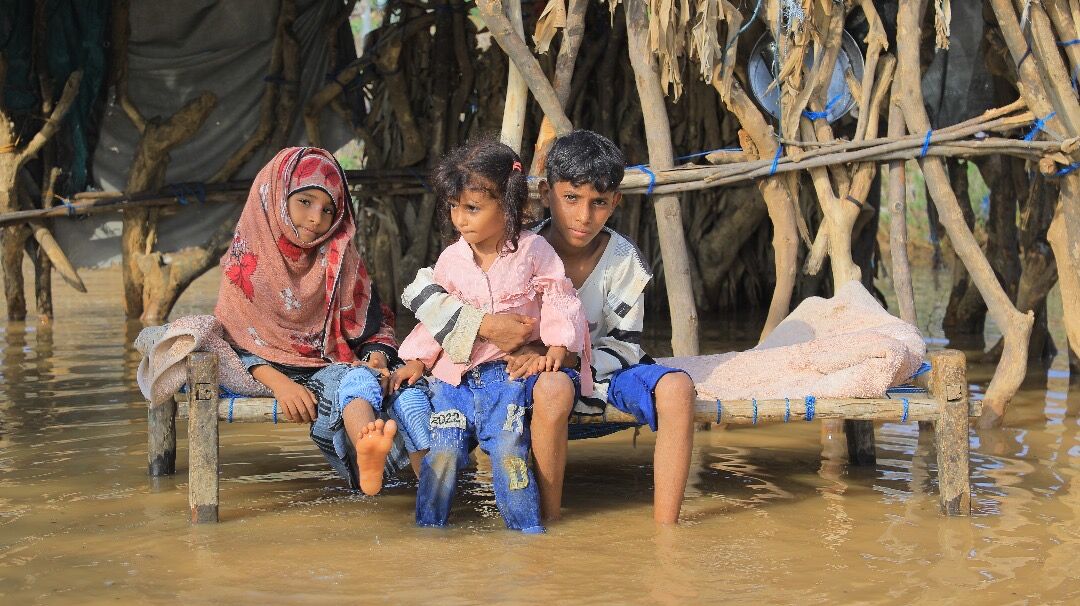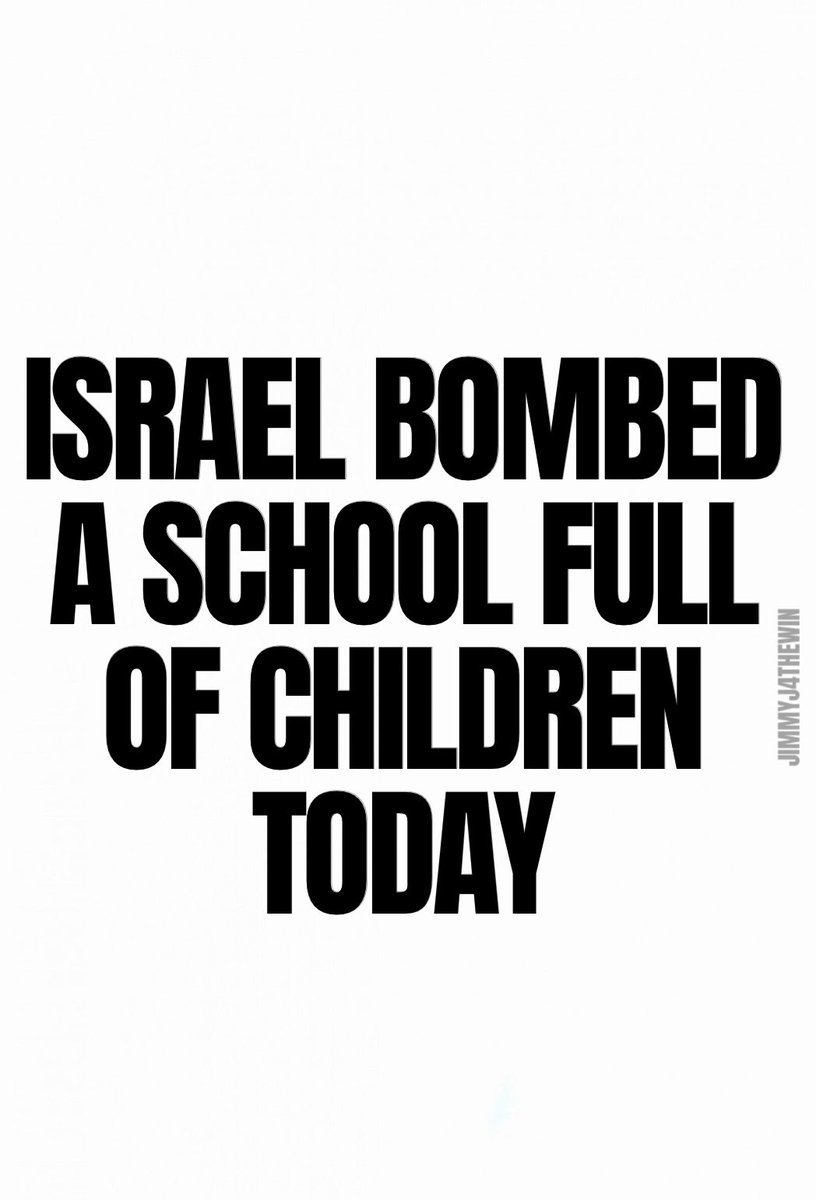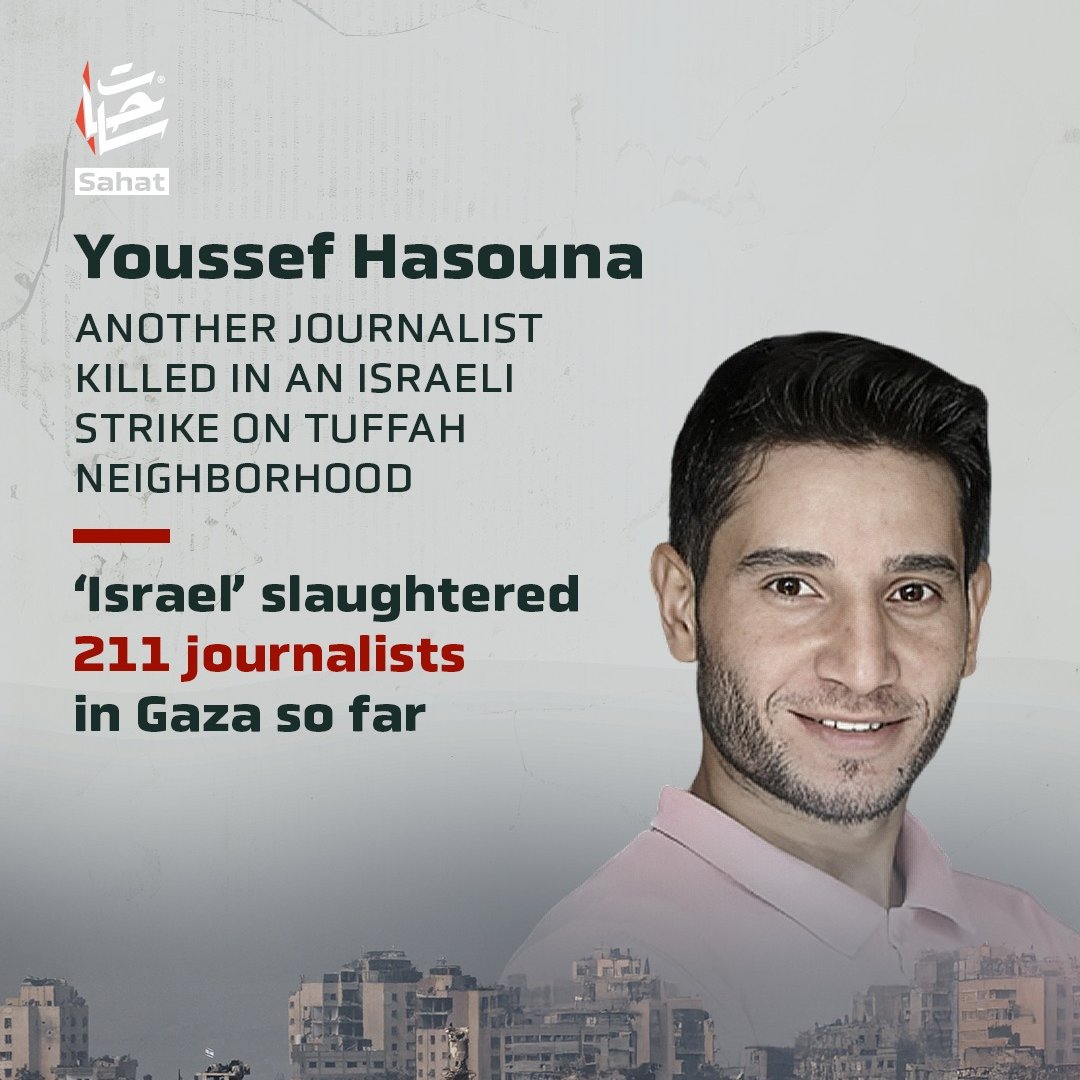Israeli Onslaught Intensifies Lebanese Crisis
The past two months of intensifying Israeli bombardment in Lebanon have been the “deadliest and most devastating” in decades as communities uprooted from the front line continue to flee across the border to Syria, UN humanitarians said on Friday.
Highlighting the deepening humanitarian catastrophe for civilians on Lebanon’s Independence Day, the UN refugee agency, UNCHR, warned of a prevailing sense of uncertainty and fear as the war grinds on.
“In recent weeks, Israel dramatically intensified its airstrikes and ground incursions, and this has deepened the humanitarian catastrophe that has affected civilians,” said Ivo Freijsen, UNHCR Representative in Lebanon. “The past few weeks have been the deadliest and the most devastating for Lebanon and people in decades.”
Massive displacement crisis
To date, close to one million people have been displaced across Lebanon – one in five of the population – and nearly 600,000 people have crossed the border into Syria.
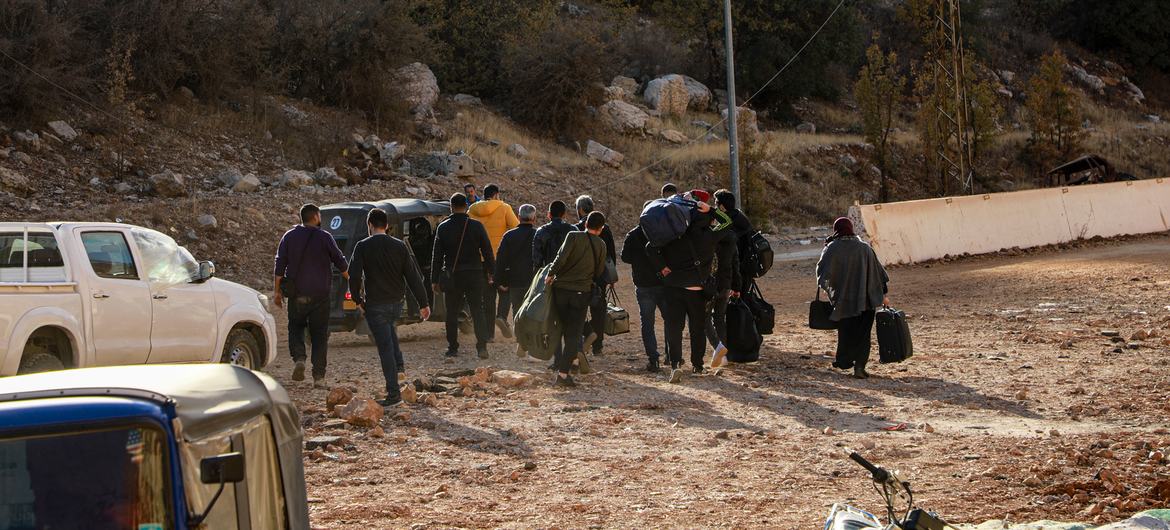
© UNHCR/Hameed Maarouf
People flee the hostilities in Lebanon as they cross the Jdeidet Yabous border into Syria on foot.
According to the authorities, as of 20 November, there have been nearly 3,600 confirmed deaths including more than 230 children and more than 15,000 injured.
Speaking from the war-torn country, Mr. Freijsen appealed for international assistance to “ramp up winter assistance; it’s started to rain and in some areas the first snow has fallen…we have a huge collective effort in front of us we need to pursue in terms of creating better conditions for all the displaced through specific winter assistance and improved shelter.”
The UNHCR official stressed the need to ensure equal access to shelter for all displaced people, particularly refugees who were already in an acutely precarious situation before this crisis. The agency’s response includes counselling, community support and creating safe spaces for those most at risk. To date, it has reached more than 100,000 people during the current emergency and supports a network of 44 health facilities across the country, including the provision of life-saving equipment, such as trauma kits.
According to the UN World Health Organization (WHO), one in 10 hospitals has ceased operations or been forced to reduce services as attacks continue on healthcare and personnel.
Ambulances targeted
“A hallmark of the conflict in Lebanon is how destructive it has been to the healthcare and this is unprecedented in any level,” said Dr. Abdinasir Abubakar, WHO Representative in the country.
Citing UN health agency data, he noted that nearly 330 healthcare workers have been killed in Lebanon since 8 October last year, and “47 per cent of these attacks on healthcare have proven fatal”.
Asked to explain this high fatality ratio, Dr Abubakar added that on the front line “more ambulances have been targeted – and whenever the ambulance is targeted actually then you will have a three, four or five paramedics that have been killed”.
In an update from the Lebanon-Syria border crossing at Jdaidet Yabous, UNHCR’s Representative in Syria, Gonzalo Vargas Llosa, reported that an estimated 560,000 people have sought shelter inside Syria since 24 September – about 65 per cent are Syrians and the remainder are Lebanese. Crossing the border remains extremely dangerous for civilians and humanitarians alike, however.
“It is clear from our interaction with those Syrians and Lebanese that we speak to at the border that the bombings of the IDF of border crossings – including the one where I am here which has been bombed at least twice in the past few weeks – this has had a major effect in reducing the numbers. Syrians and Lebanese are very scared of using these escape routes,” said Mr. Vargas Llosa, speaking to journalists in Geneva via video link.
Desperation and danger at border
Around 50 Lebanese nationals are returning to Lebanon every day in response to the “disastrous” economic situation in Syria, along with a smaller number of Syrians, the UNHCR official continued.
“They’re going back because they cannot make ends meet here because they’re not getting enough support, and they think that they might also be better off in Lebanon. Again, these are very, very small numbers. But for us, even small numbers, are worrying signals.”

